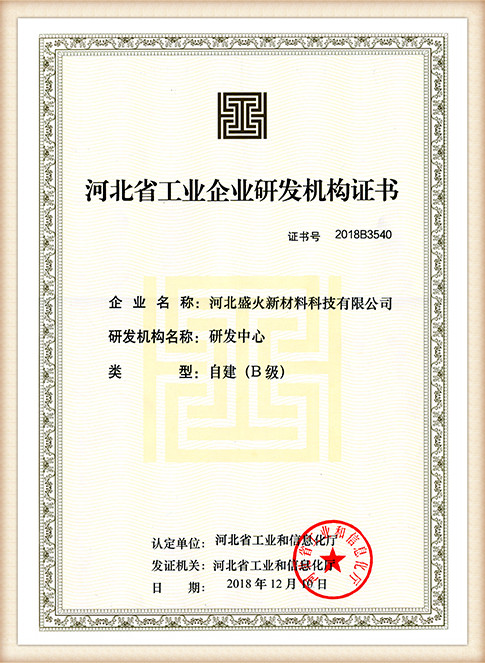Understanding Sand Casting Costs A Comprehensive Overview
Sand casting, one of the most widely used metal casting processes, involves creating a mold from sand and then pouring molten metal into it to form a desired shape. While sand casting offers numerous advantages, including versatility and cost-effectiveness in producing complex shapes, understanding the associated costs is crucial for manufacturers and businesses engaged in this process. This article explores the various factors influencing sand casting costs, helping stakeholders make informed decisions.
1. Material Costs
The primary materials required for sand casting include metal (such as aluminum, iron, or steel) and the sand used for the mold. The type of metal chosen greatly impacts overall costs, as different alloys and types possess varying price levels. For instance, aluminum is generally more affordable than some high-alloy steels. Furthermore, specialty metals used in certain applications can significantly escalate costs.
The quality of sand chosen for molding also plays a role in total expenditure. Silica sand is commonly used due to its availability and effectiveness, but the cost can vary based on region and quality. Additionally, binders and additives used to enhance the properties of the sand can lead to further costs that need consideration.
2. Labor Costs
Labor costs are a significant part of sand casting expenses. Skilled labor is needed to prepare molds, pour molten metal, and finish the castings. The complexity of the design can dictate the level of skill required, directly influencing labor costs. Moreover, in regions where labor rates are high, this can become a considerable portion of the overall manufacturing cost.
It's also important to consider the time required to complete the casting process, which involves several steps, including pattern making, mold preparation, pouring, cooling, and finishing. Each of these stages demands both time and labor, all of which contribute to the overall cost.
3. Equipment and Machinery Costs
sand casting cost

Investment in equipment is another critical component of sand casting costs. This includes furnaces for melting metal, equipment for mold manufacturing, and finishing tools. The initial capital expenditure can be substantial, although this cost can be amortized over time as production increases.
Additionally, maintenance costs for machinery should be factored in. Regular upkeep is essential to ensure that the equipment operates efficiently and does not lead to costly downtime. Investing in more modern, efficient machinery can sometimes mitigate overall production costs, despite higher initial prices.
4. Overhead and Operational Expenses
Overhead costs, which include utilities, rent, insurance, and administrative expenses, also contribute to the total cost of sand casting. Companies must allocate a portion of their overhead to each casting project, which can vary widely based on the size and complexity of the orders.
Another aspect of operational expenses is waste management, particularly in dealing with sand reclamation and disposal. Efficiently managing waste can lead to cost savings and is an important aspect of sustainability in the manufacturing process.
5. Economies of Scale
Finally, it's worth noting the impact of economies of scale on sand casting costs. Producing larger quantities of castings often reduces the per-unit cost. This occurs because fixed costs, such as setup and labor, are spread over a greater number of units. Therefore, for businesses looking to minimize costs, planning for bulk orders can be a highly effective strategy.
Conclusion
In conclusion, while sand casting is recognized for its cost-effectiveness and versatility, understanding the various components that contribute to its cost is essential for manufacturers. This encompasses material expenses, labor costs, equipment and machinery investments, and overhead as well as operational expenses. By fostering a keen understanding of these elements, companies can better strategize their production processes, optimize costs, and ultimately enhance profitability. As industries evolve, staying informed and adapting to market trends will continue to play a pivotal role in maintaining competitive advantages in the sand casting domain.
Post time:నవం . 27, 2024 01:54
Next:Cast of the Desert Shimmering Sands Fantasy Adventure
